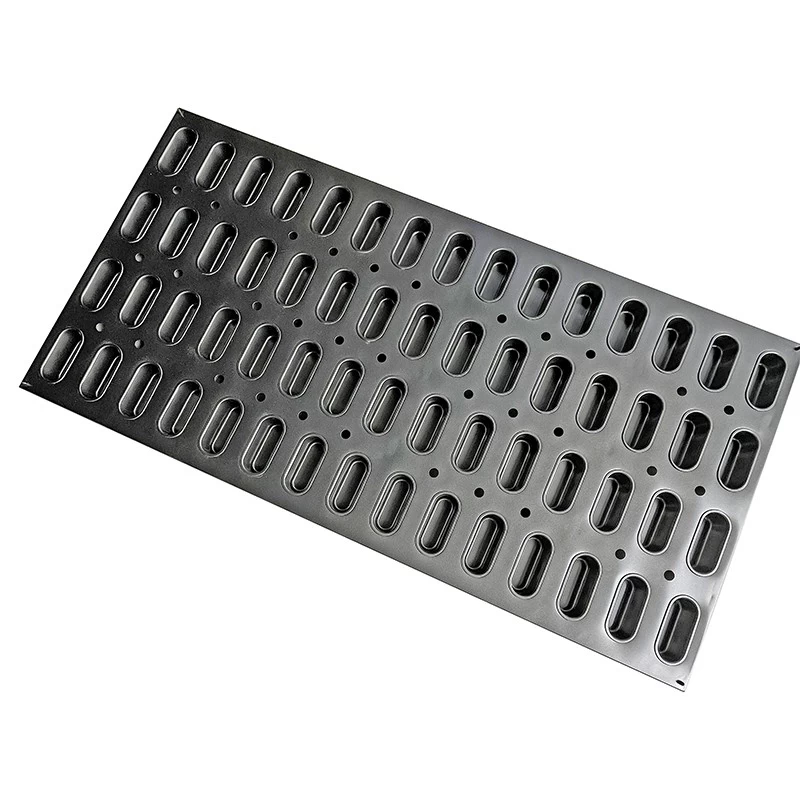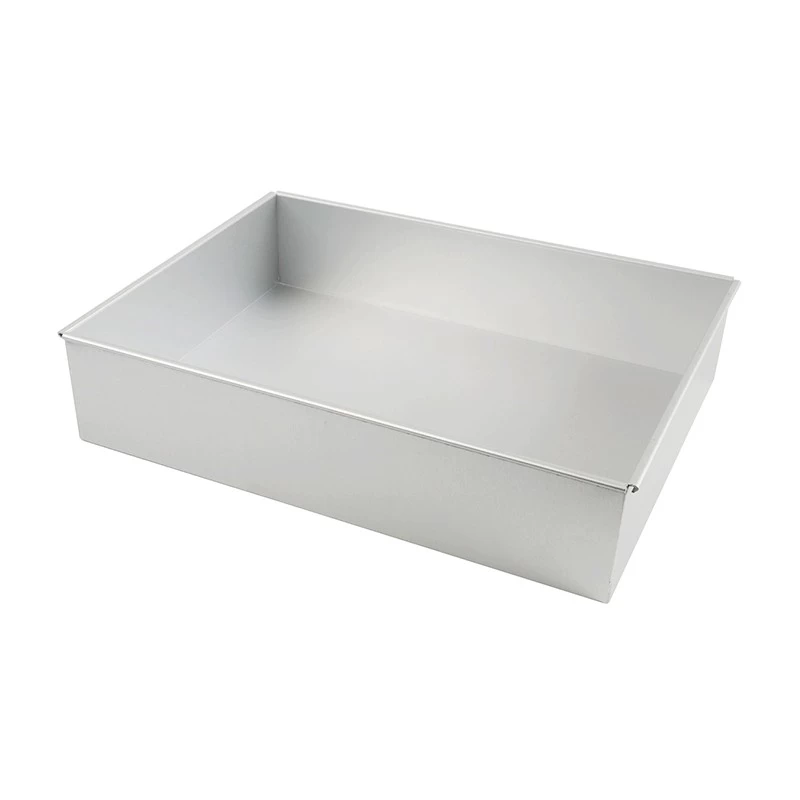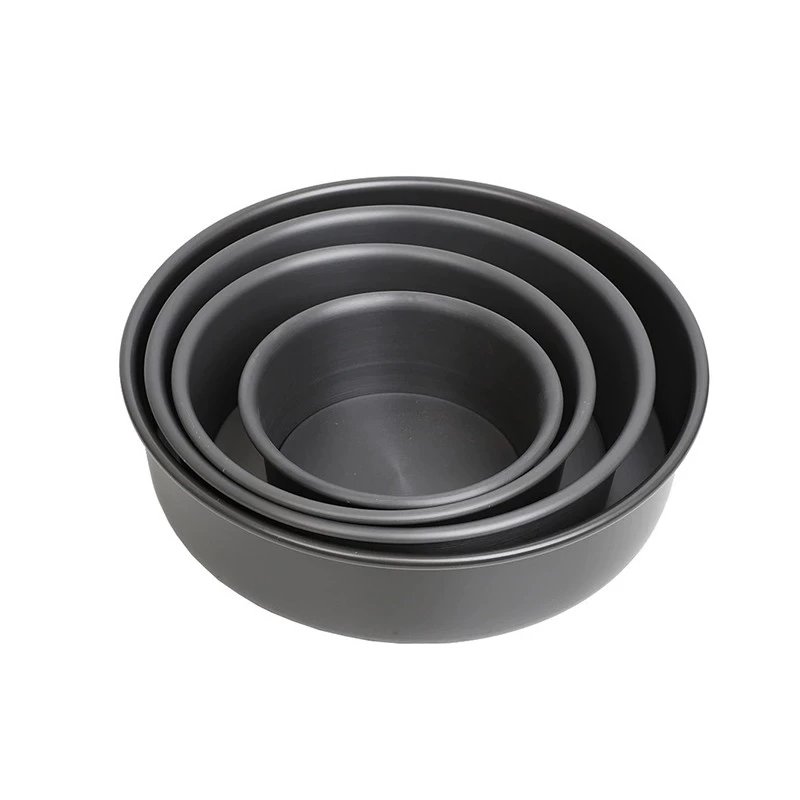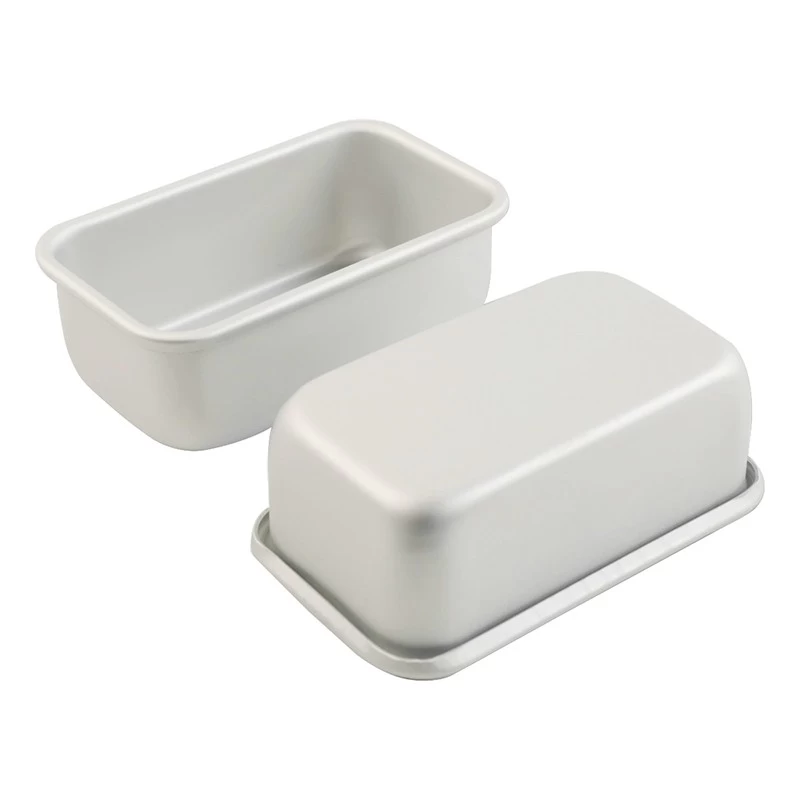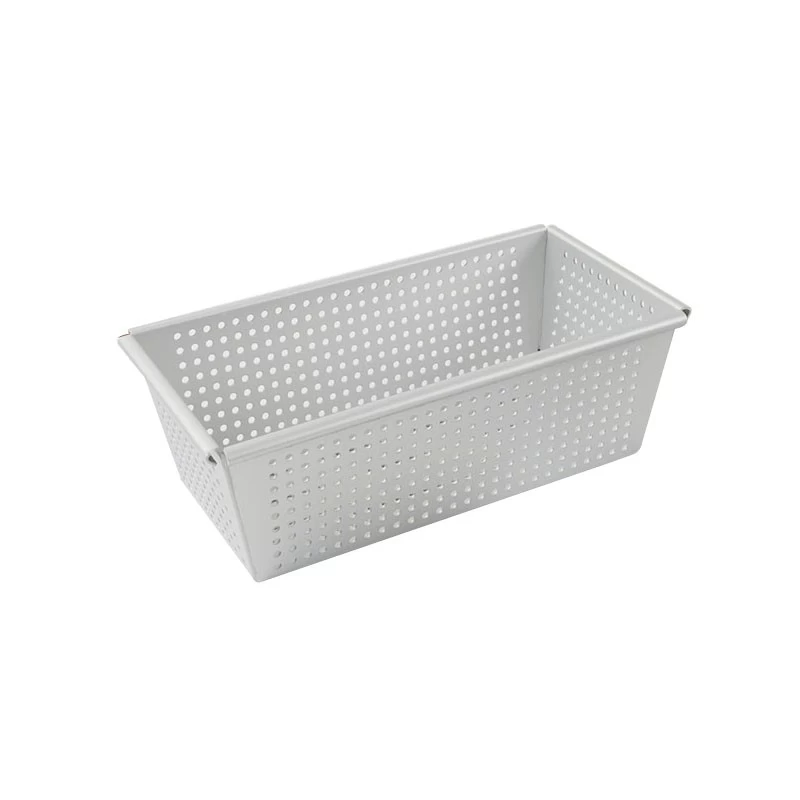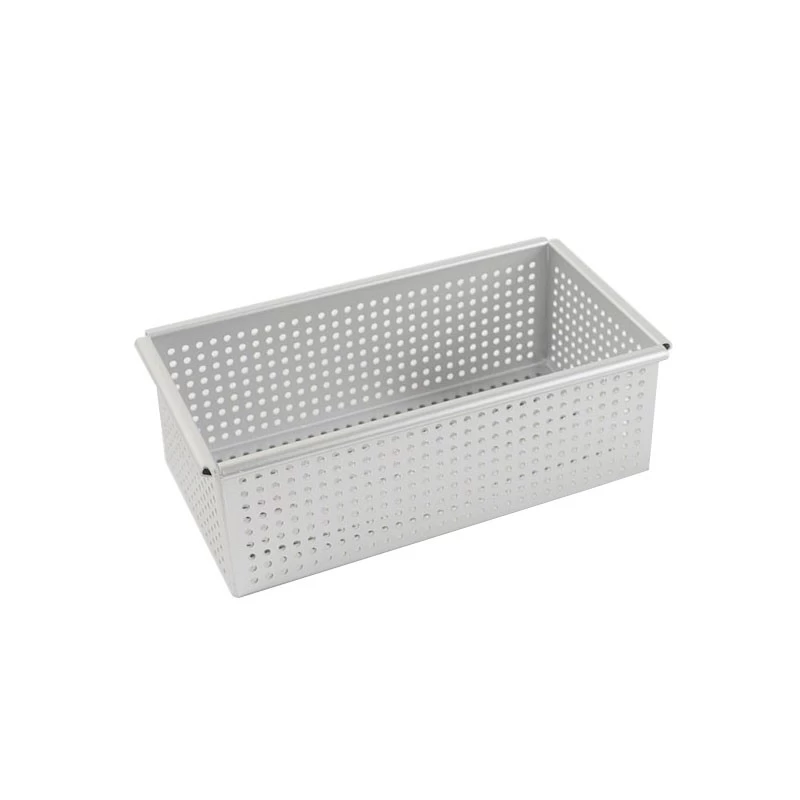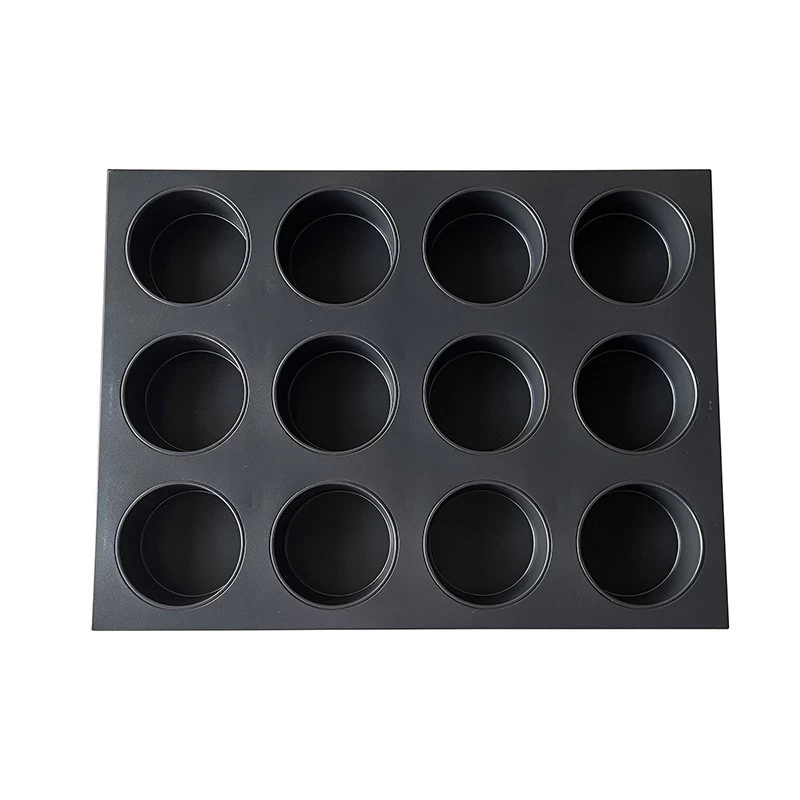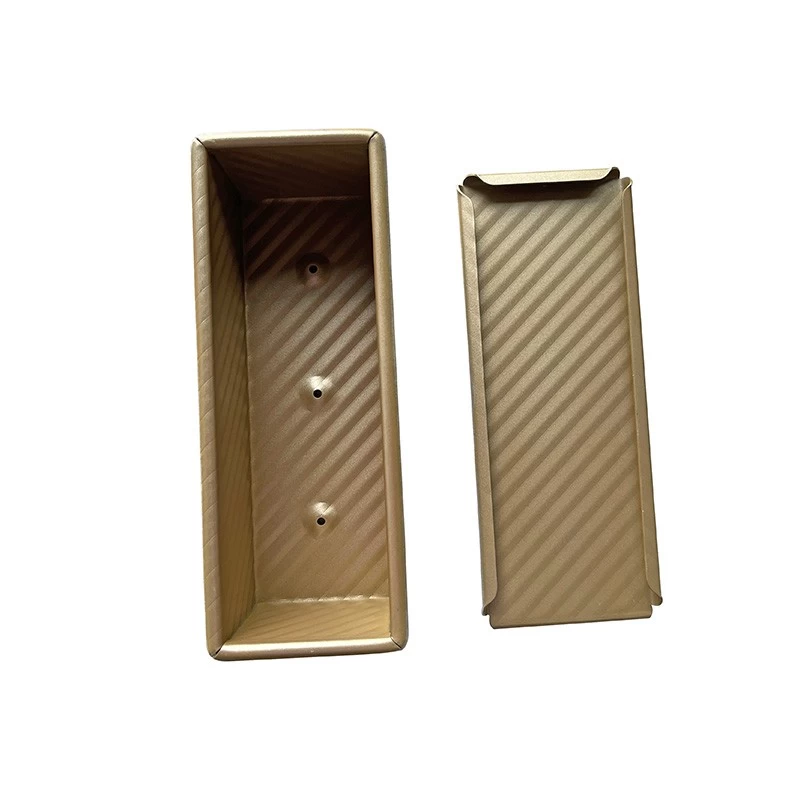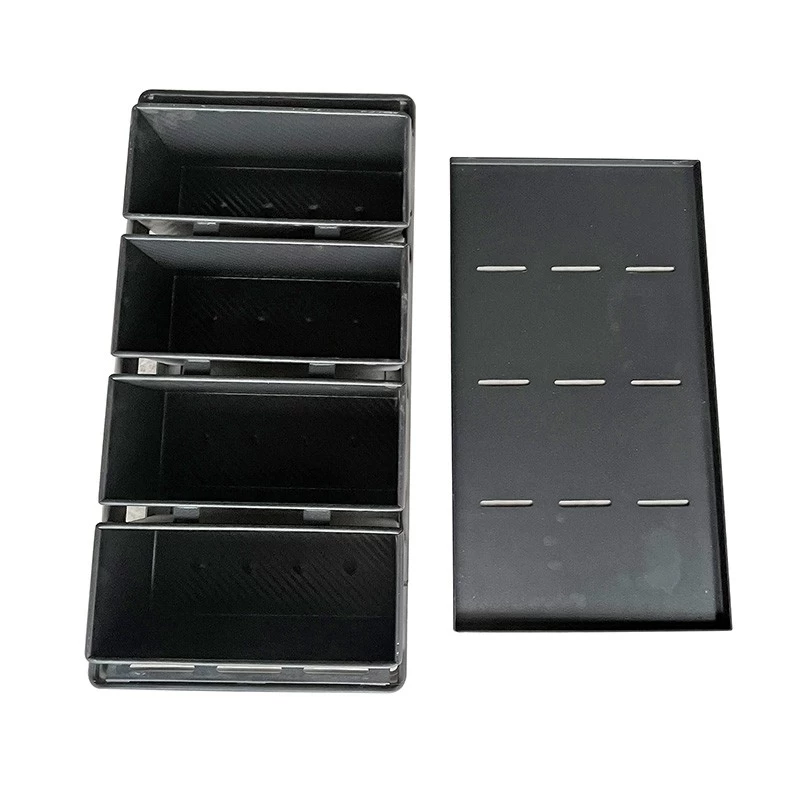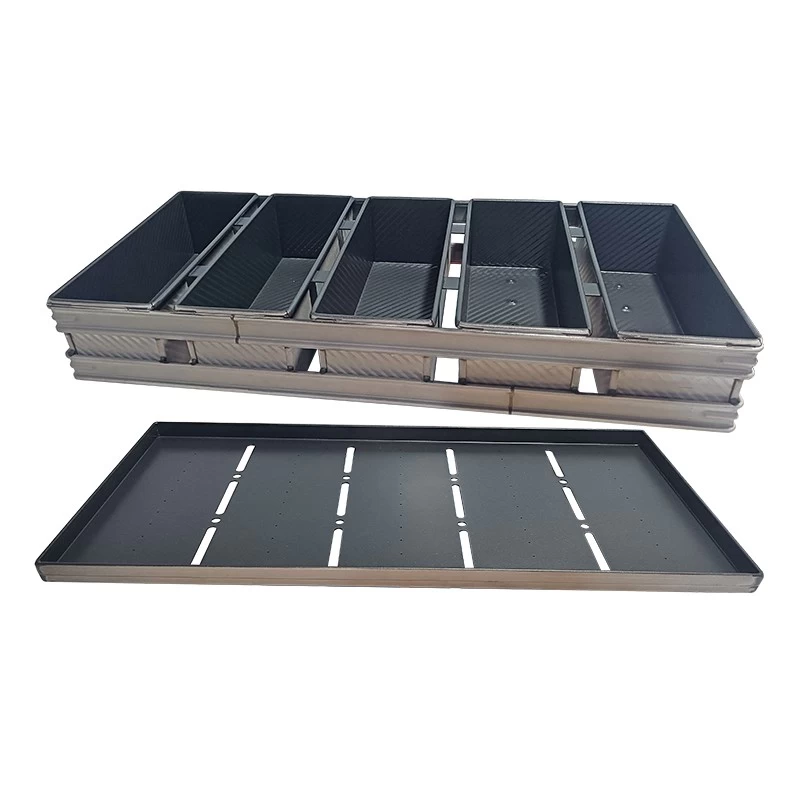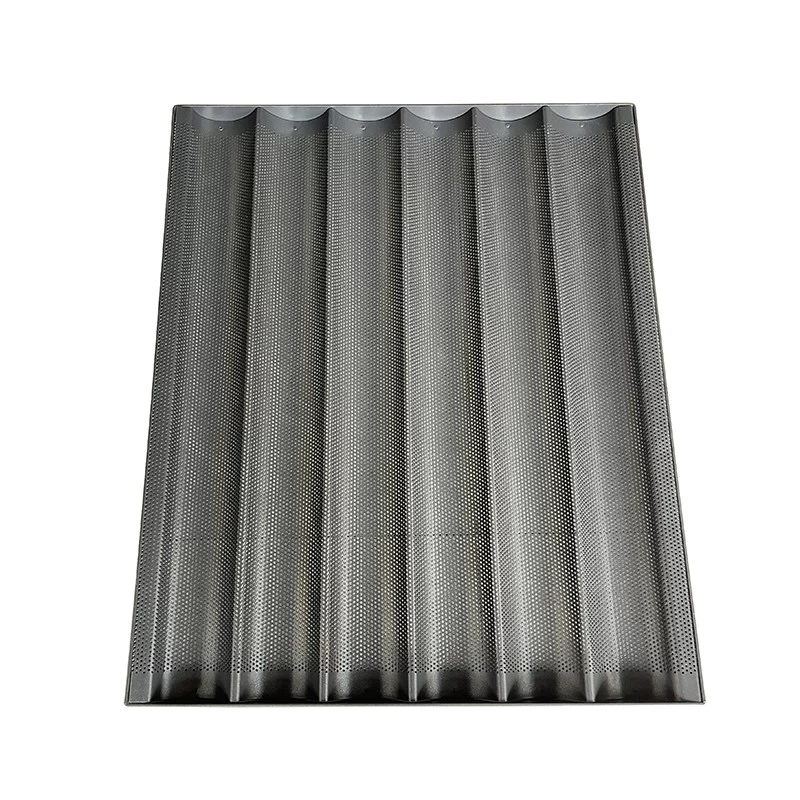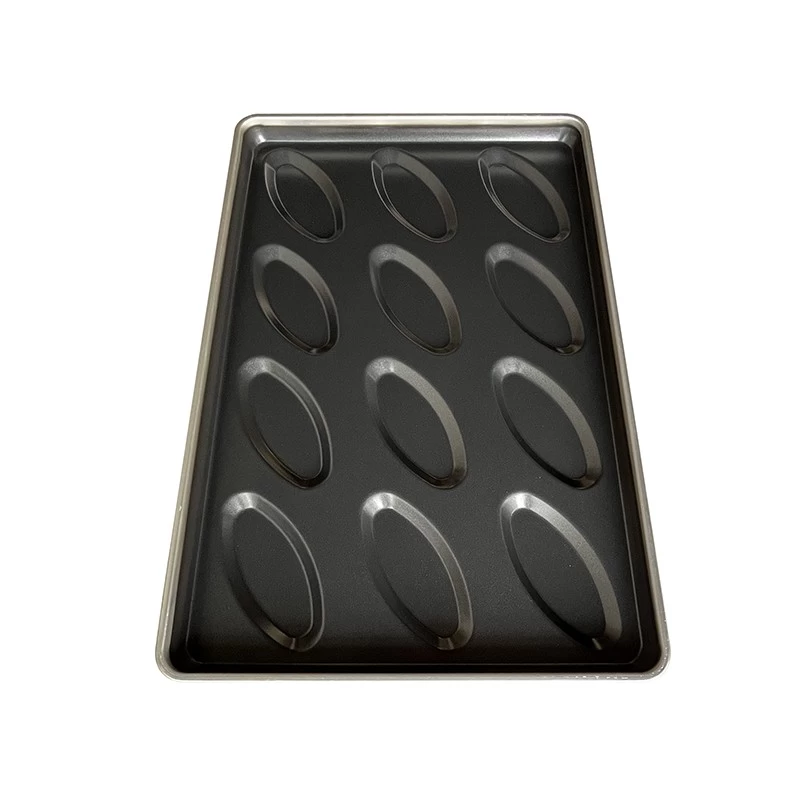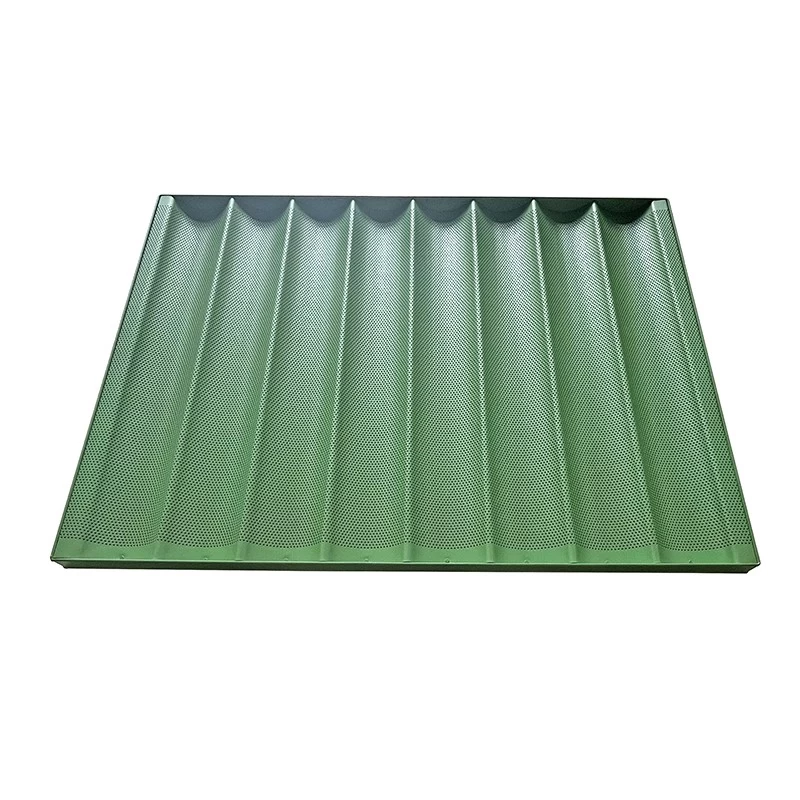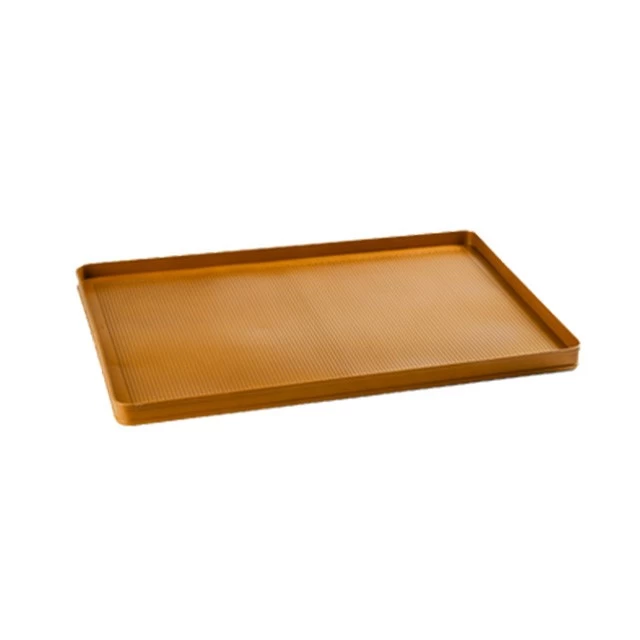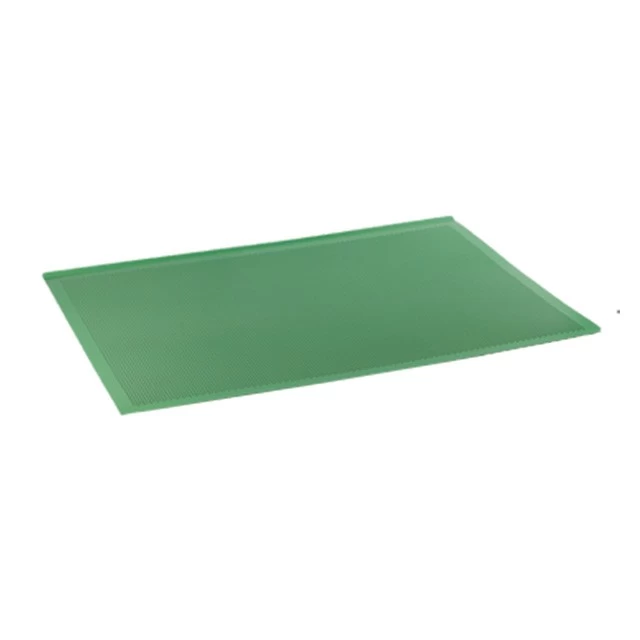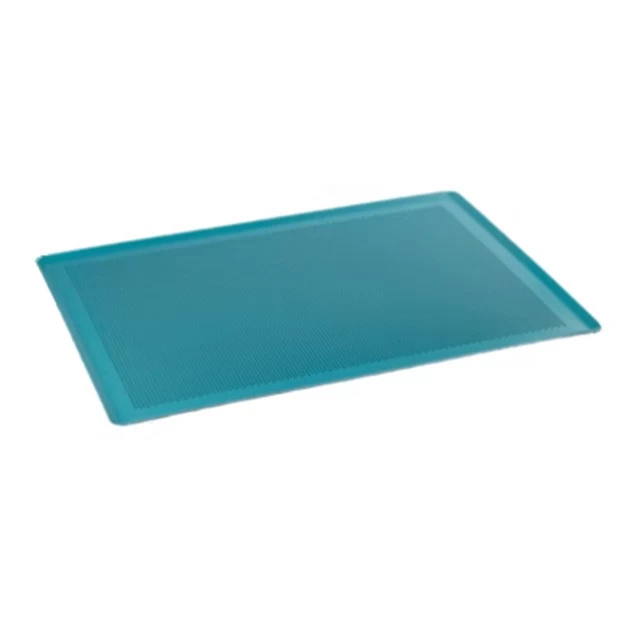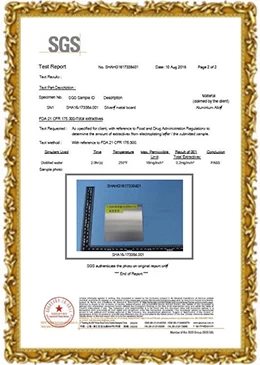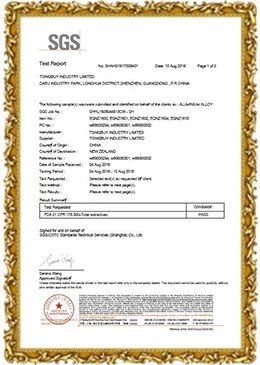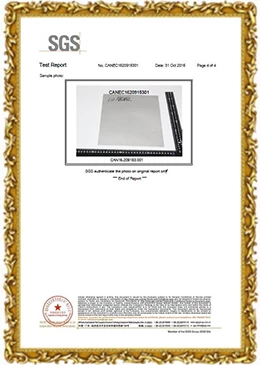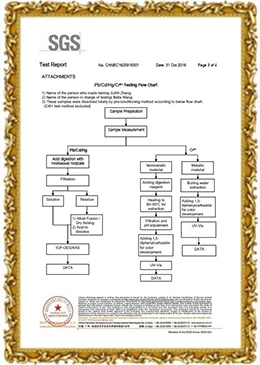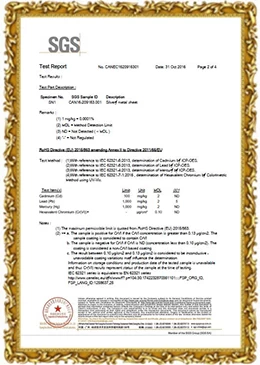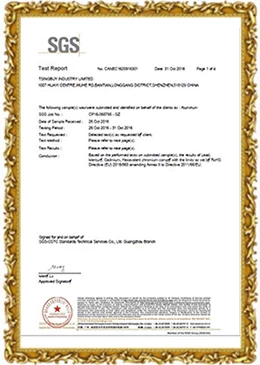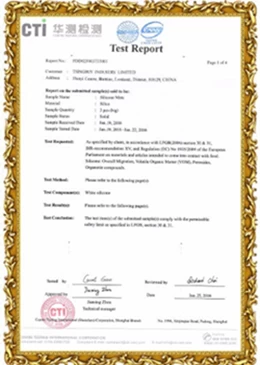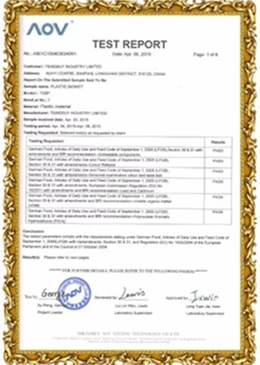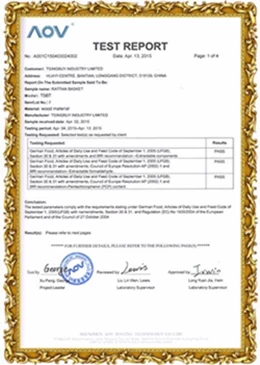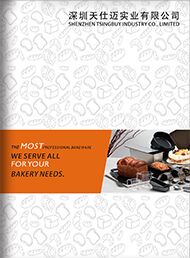About Butter and Cheese
Butter
Butter is concentrated by the milk fat of the milk, the milk cream and skimmed milk in the milk are separated by telecentricity, and the cream layer is heated and sterilized, stirred, and only the milk fat is agglomerated. The milk fat component is 80% or more, and the water content is 17% or less.
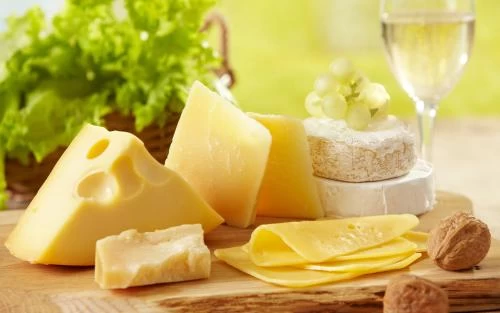
Type of butter:
1. Fermented butter: Adding lactic acid bacteria to ferment it, so it has a slightly sour taste and a unique aroma, which is a type that is made in Europe for a long time.
2. Non-fermented butter: Made without fermentation, it is generally made in Japan as non-fermented butter.
3. Unsalted butter: Also known as salt-free butter, butter without added salt. In the manufacture of cakes and pastries, basically no salt butter is used.
4. Salty butter: Also known as salty butter (butter), there are many salty butters in Japanese products, and the salt content is specified below 18%.
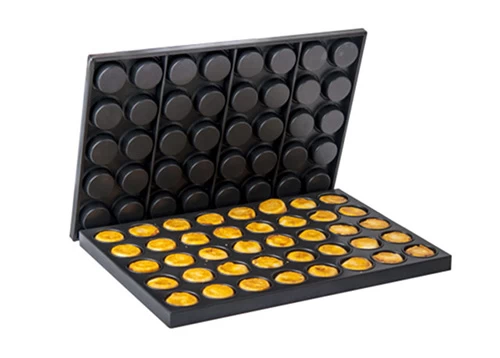
Bakeware recommendation
24 Cups Non-stcik Muffin Baking Pan
From China multi-mould pan factory
The role and nature of butter:
Butter has three characteristics that are indispensable for the production of pastries.
1. Plasticity: Although it is a solid, it has a softness that can be freely adjusted.
2. Crunchy: a solid oil with plasticity, which has the characteristics of a film stretching rib in the cross-section powder, which can give the cake a crisp taste.
3. Dense: absorbs a lot of air by stirring
Once the dissolved butter is melted, it will not be able to perform the above characteristics.
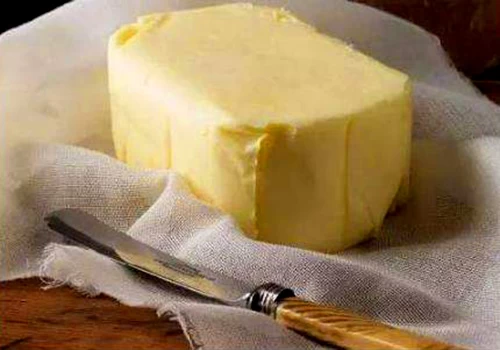
Cheese
People who regularly use cheese should find that in many cases the cheese we buy will be labeled "processed cheese", What? What is the ghost of processed cheese? If you don't know, you may want to find out what we can use.
The raw milk is precipitated by condensing the protein in the milk into a small piece by adding acid or rennet, and layering with the whey. The water is then squeezed out to form a larger piece of cheese. Finally, the salt and the pigment are added, and the special flavor, texture and color of the cheese are imparted by fermentation. Its main ingredients include: 30.17% water, 34.39% fat, 31.23% protein, 4.31% minerals.
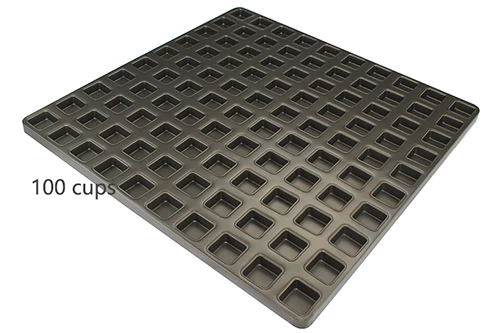
Bakeware recommendation
Non-stick square mould cake pan - 100 square mould
From China industry cup tray manufacturer
Tips:
1. Although the composition of different cheeses may change, protein and fat are always the most important ingredients.
2. Because in cheese, fat : water ≈ 1:1, if you do not want the cheese to stratify during the preservation process, you need to fully emulsifie.
Processed cheese is relative to natural cheese and contains at least 51% natural cheese. Because processed cheese is the product of processing natural cheese, it has more characteristics and functions:
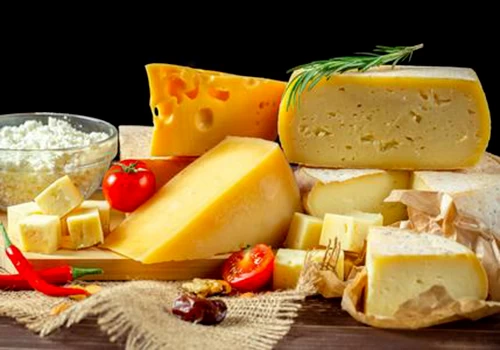
Effect:
1. Better emulsifying properties: no further stratification when melted by heat.
2. Extended shelf life: By adding emulsified salt, the cheese will not lose its original form due to melting when it is sold to a warm area, prolonging the time for cheese to maintain high quality.
3. More flavor: Re-made cheese can have a variety of different flavors.
4. Excellent ductility: spreadability. When making cheese sauce, you can give the cheese sauce a silky texture, making it less prone to agglomeration.
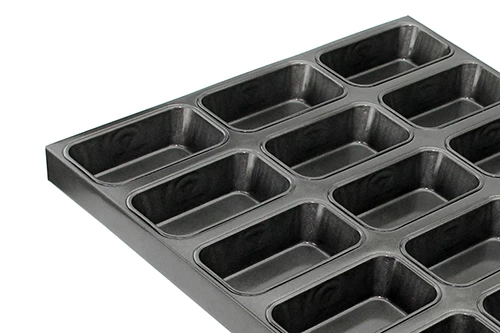
Bakeware recommendation
Non-stick Multi-mould pan 400*600- rectangle mould
From China mini loaf pan manufactuer


